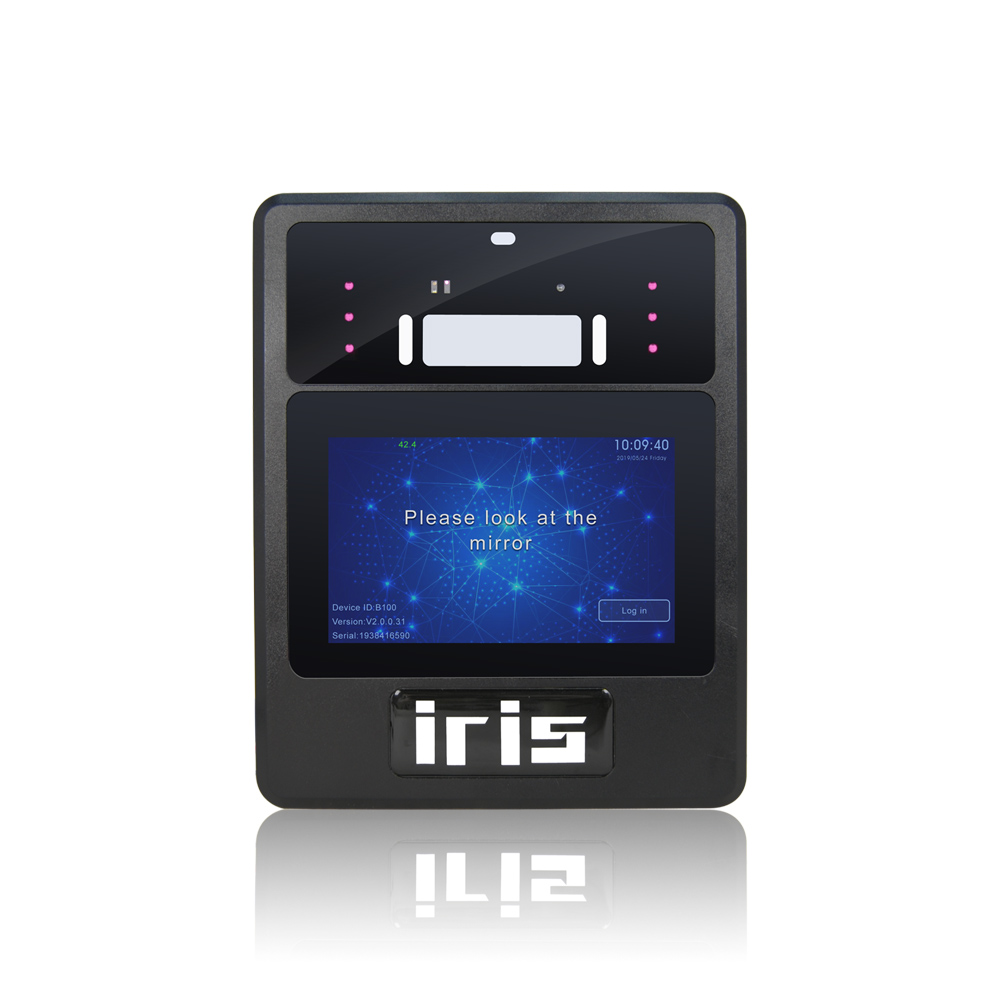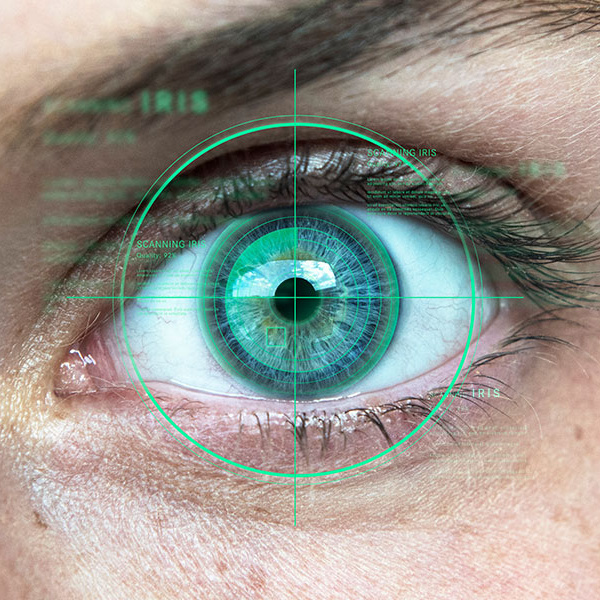Iris recognition technology has rapidly advanced over the years, transforming the way we think about biometric security systems. Leveraging the uniqueness of the human iris, this technology provides a highly accurate and efficient method for identification and authentication. As technology evolves, the applications of iris recognition expand, becoming integral to security solutions across various sectors. This article explores the advancements in iris recognition technology, its underlying principles, applications, challenges, and the future direction of this fascinating field.
What Is Iris Recognition?
Understanding the Basics
Iris recognition is a biometric identification method that uses the unique patterns of the iris to verify a person’s identity. Located in the eye, the iris comprises intricate patterns formed during fetal development and influenced by genetic factors. These patterns are unique to each individual, much like fingerprints.
When a system captures an image of the iris, it analyzes its features using advanced algorithms that identify and quantify unique patterns and characteristics. This process allows for accurate and reliable identification, making iris recognition a preferred method in various high-security applications.
The Technology Behind Iris Recognition
Iris recognition systems typically consist of two main components: imaging devices and processing software. High-resolution cameras capture detailed images of the iris, while sophisticated algorithms analyze these images for distinctive features. Modern systems use infrared light to illuminate the iris, minimizing reflections and enhancing image clarity.
The captured images undergo complex processing to extract unique patterns, including rings, furrows, and freckles. These features are then converted into a mathematical representation, allowing for efficient storage and quick comparison against existing templates in the database.

Recent Advancements in Iris Recognition Technology
Enhancements in Image Capture
Recent advancements in imaging technology have significantly improved the quality and accuracy of iris recognitions systems. High-definition cameras and advanced light sensors enable the capture of clearer and more detailed images. This improvement is vital for accurate identification, especially in challenging lighting conditions or with users who have issues such as cataracts or eye infections.
Moreover, the development of mobile and compact iris recognition systems increases accessibility and usability in various environments. Portable devices can now be powered by batteries, enabling their use in remote locations or during field operations.
Machine Learning and AI Integration
The integration of machine learning (ML) and artificial intelligence (AI) has revolutionized iris recognition systems. These technologies improve pattern recognition, allowing systems to learn from vast amounts of data and adapt to changing conditions. For instance, ML algorithms can help identify common issues that may arise during the image capture process and automatically make adjustments to overcome them.
Additionally, AI-driven systems can enhance the accuracy of iris recognition by filtering out noise and irrelevant features from captured images. This capability significantly reduces false acceptance rates and improves overall identification success, particularly in diverse populations where variations in iris patterns are more pronounced.
Applications of Iris Recognition Technology
Security and Law Enforcement
One of the primary applications of iris recognitions technology is security and law enforcement. Governments and law enforcement agencies use iris recognition for border control, criminal identification, and surveillance. High-security facilities employ this technology to manage access to sensitive areas, ensuring that only authorized individuals can enter.
The accuracy of iris recognitions enhances the security of identification and verification processes, safeguarding against fraud, identity theft, and other malicious activities. These applications demonstrate the increasing reliance on biometric data in protecting public safety and national security.
Healthcare and Patient Identification
Iris recognitions technology is also gaining traction in the healthcare sector. Hospitals and medical facilities are adopting this technology to ensure accurate patient identification and safeguard sensitive health data. By using iris recognition, healthcare providers can prevent medical errors that occur due to misidentification.
Additionally, iris recognition helps streamline patient registration processes, making them more efficient. Patients simply need to look into an iris scanner rather than produce physical identification documents, resulting in a more seamless experience.

Challenges Facing Iris Recognition Technology
Privacy Concerns
As with many biometric technologies, iris recognitions raises privacy concerns. Storing and managing sensitive biometric data can pose security risks if not properly protected. Hackers and unauthorized entities may gain access to databases containing iris patterns, potentially leading to identity theft or misuse.
To address these concerns, organizations must implement robust encryption methods and adhere to data protection regulations. Transparency about how biometric data is collected, stored, and used is essential for maintaining public trust and acceptance.
Environmental Limitations
Environmental factors can impact the performance of iris recognition technology. Fluctuations in lighting conditions, dirt on the camera lens, or reflections can hinder the image capture process. In outdoor settings, bright sunlight may cause glare, making it challenging for the system to capture clear images.
To combat these limitations, developers are working on improving image-capturing techniques that can adapt to various environmental conditions. Advanced sensors and algorithms can dynamically adjust parameters to enhance image quality and accuracy, regardless of the surrounding environment.
The Future of Iris Recognition Technology
Expanding Market Opportunities
The market for iris recognition technology is expected to expand significantly in the coming years. As organizations increasingly prioritize security, industries such as banking, aviation, and retail are exploring iris recognition as a vital component of identity verification. This demand will likely drive further investment in research and development, leading to new innovations and applications.
Companies are also exploring the integration of iris recognition technology with other biometric systems, such as facial recognition and fingerprint scanning. Combining these technologies could create hybrid systems that offer improved security and user flexibility.
Innovations in User Experience
The future of iris recognition technology will likely focus on enhancing user experience. Solution providers are working to develop faster, more intuitive systems that minimize user friction. For example, implementing touchless iris recognitions will allow individuals to authenticate their identity without needing to press buttons or use additional devices.
Moreover, consumer-facing applications might incorporate iris recognitions into mobile devices and smart home technologies. By integrating iris recognitions into everyday tools, convenience and security can coexist without disrupting the user experience.
![]()
Best Practices for Implementing Iris Recognition Systems
Ensuring Accuracy and Reliability
When implementing iris recognition systems, it’s crucial to consider factors that impact accuracy and reliability. Organizations should prioritize high-quality imaging devices that meet industry standards for resolution and sensitivity. Conducting regular maintenance and calibrating the equipment will help ensure consistent performance over time.
Additionally, organizations should invest in training personnel responsible for operating the system. Proper training helps operators understand the nuances of iris recognition technology, enabling them to troubleshoot issues and optimize performance.
Adhering to Privacy Regulations
Any organization using iris recognitions technology must adhere to data privacy regulations. Compliance with laws such as the General Data Protection Regulation (GDPR) and the Health Insurance Portability and Accountability Act (HIPAA) ensures that personal data is collected, stored, and used responsibly.
Organizations should establish clear policies regarding data usage and retention, ensuring users are informed about how their biometric data will be handled. Transparency is key to maintaining trust and fostering acceptance among users.
The Significance of Iris Recognition Technology
Iris recognition technology has made remarkable advancements in recent years, solidifying its place as a reliable method for identity verification and authentication. The combination of high accuracy, efficiency, and technological improvements paves the way for broader applications across various sectors.
As security concerns escalate globally, organizations will increasingly turn to iris recognitions as a vital component of biometric systems. The potential for future innovations, including enhanced user experiences, expanded market opportunities, and integrated solutions, underscores the technology’s significance in an evolving landscape.
By recognizing the impact of these advancements and addressing associated challenges, we can harness the full potential of iris recognitions technology to create safer, more secure environments. Awareness and understanding of the technology’s capabilities and best practices will enable users and organizations to implement effective biometric solutions confidently, ultimately transforming the way we think about identities and access control.


